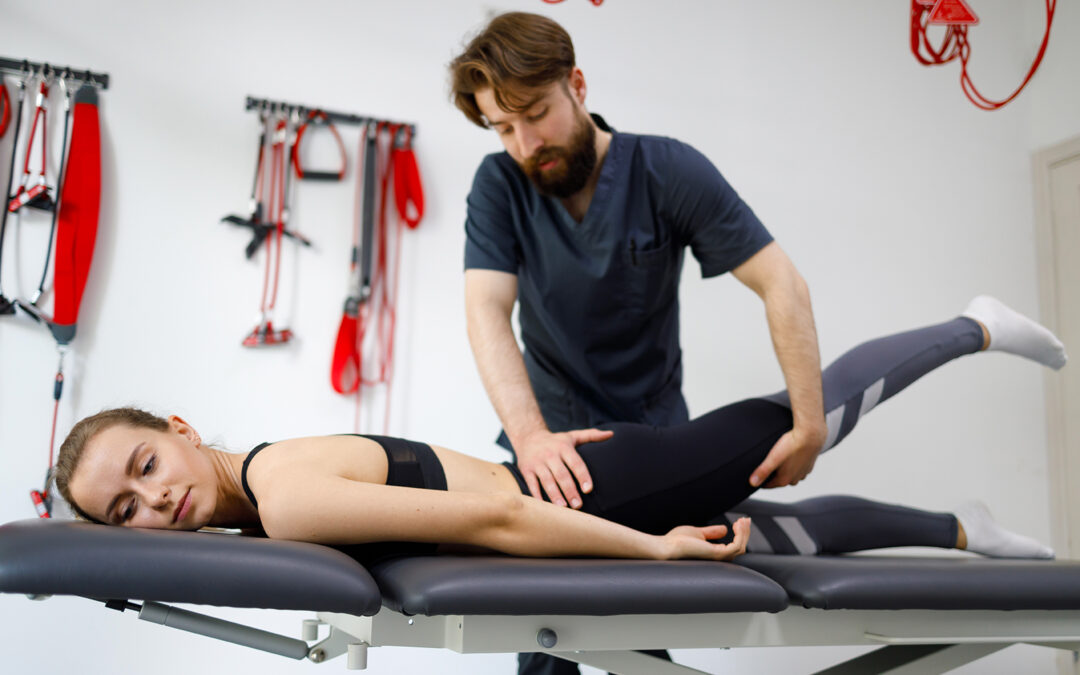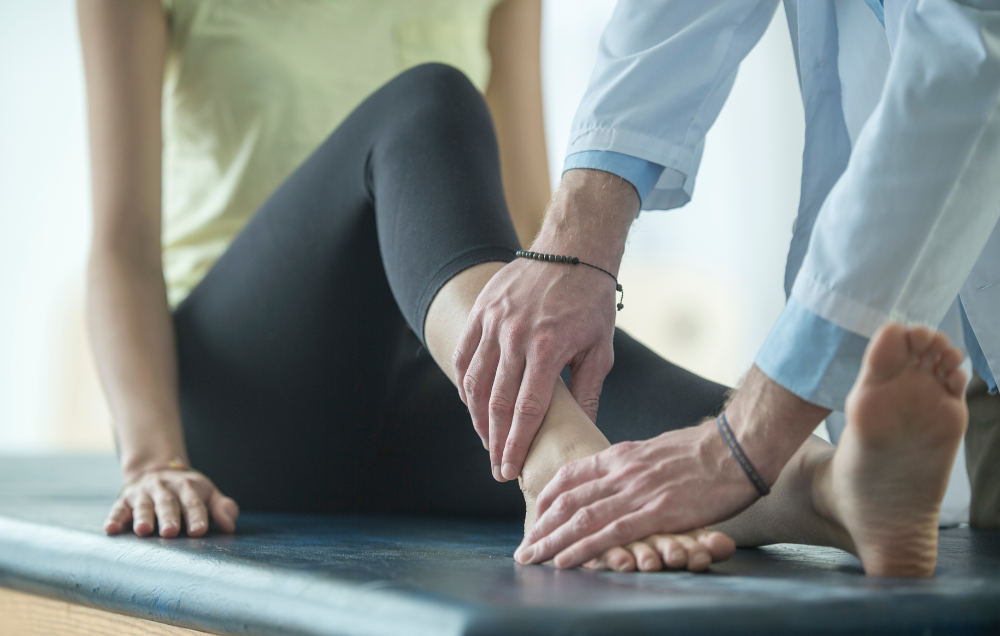Contents
Have you suddenly started experiencing persistent back pain? The reason could be a spinal fracture caused by osteoporosis. Osteoporosis is a common bone disease that affects many people, especially as they age. One study found that over 12% of adults over 50 experience osteoporosis in the spine. Osteoporosis tends to be more prevalent in women than men, but it can potentially affect anyone. The condition is characterized by a loss of bone density. As your bones lose mass, they can become more fragile or brittle. This can lead to a high risk of bone fractures. Osteoporosis often develops silently. In many cases, there are no obvious symptoms until a fracture occurs. These fractures tend to happen in areas exposed to stress such as the spine, hips and wrist.
While medications can play a major role in slowing the progress of osteoporosis, physical therapy can be key as well. With physical therapy for osteoporosis, you can work to manage symptoms and maintain your physical capacity. The benefits of physical therapy make it core to a comprehensive treatment plan for osteoporosis.
Physical therapy treatments for osteoporosis
- Fall prevention — When your bones are fragile, preventing fractures is important. One of the most common causes of these fractures is falling. Your physical therapist can assess your risk of falling and help you implement prevention strategies. These might include balance and coordination exercises. You may also learn how to properly get back up after a fall without causing further injury. With the help of physical therapy, you can enhance your stability and reduce your chance of falling.
- Weight-bearing exercises — Weight-bearing exercises can be a great way to improve bone density. When you want to slow the loss of bone density caused by osteoporosis, these exercises can be a great choice. Your physical therapist might recommend exercises like stair climbing and low-impact aerobics. During physical therapy for osteoporosis, you can work with your therapist to develop a personalized exercise plan. This can help ensure that the exercises are safe and effective for your condition.
- Strengthening exercises — Experiencing muscle weakness and poor posture due to osteoporosis? Physical therapy can help. Targeted strengthening exercises can help you restore muscle strength where it’s needed. These exercises will typically focus on any regions at risk of injury. Your physical therapist may prescribe exercises that target muscle groups in your hips, wrists or shoulders. Resistance exercises are a common method of building strength safely. Using resistance bands and light weights, you can gradually restore your strength. This can keep your body stable and help prevent fractures.
- Posture improvement — Poor posture can increase the risk of bone fractures. When you have osteoporosis, posture can be especially important. Physical therapy can help by providing education on proper posture and movement. Learning about good body mechanics can help you stay healthy through simple movements and positions. Targeted stretches can also help improve your posture. Your physical therapist may recommend stretches that focus on spinal alignment and core strength. These exercises can make it easier to keep a good posture.
- Pain management — Bone fractures often lead to acute pain. When addressing these fractures, pain relief should be a top priority. By alleviating your pain, you can stay more comfortable while working toward your long-term goals. Physical therapy can provide a range of pain relief strategies for osteoporosis-related fractures. These include manual therapy and various other modalities. Many of these treatments offer multiple benefits. Manual therapy, for example, can do more than alleviate pain; this approach can also improve mobility and promote healing in injured tissue.
- Stretching exercises — Osteoporosis can come with numerous side effects. One of the most common is stiffness. Stiff joints can lead to major restrictions in your range of motion. When your mobility is limited, you may find it harder to engage in daily activities. Fortunately, physical therapy can help. With simple exercises, you can gradually build flexibility in affected joints. Stretches can be key to improving your mobility. By maintaining flexibility in your joints, you can reduce the risk of further complications.
Lattimore Physical Therapy offers specialized treatments for osteoporosis
Looking for physical therapy to help treat your osteoporosis? Lattimore Physical Therapy is here to help. Our team offers a range of treatments designed to build bone density and relieve your pain. You do not have to face your condition alone. With our help, you can take the next step toward better bone health and greater quality of life.
Contact our team today for more information or to schedule an initial appointment.



